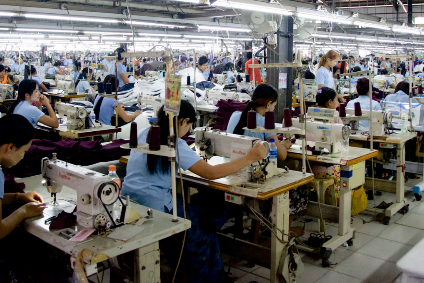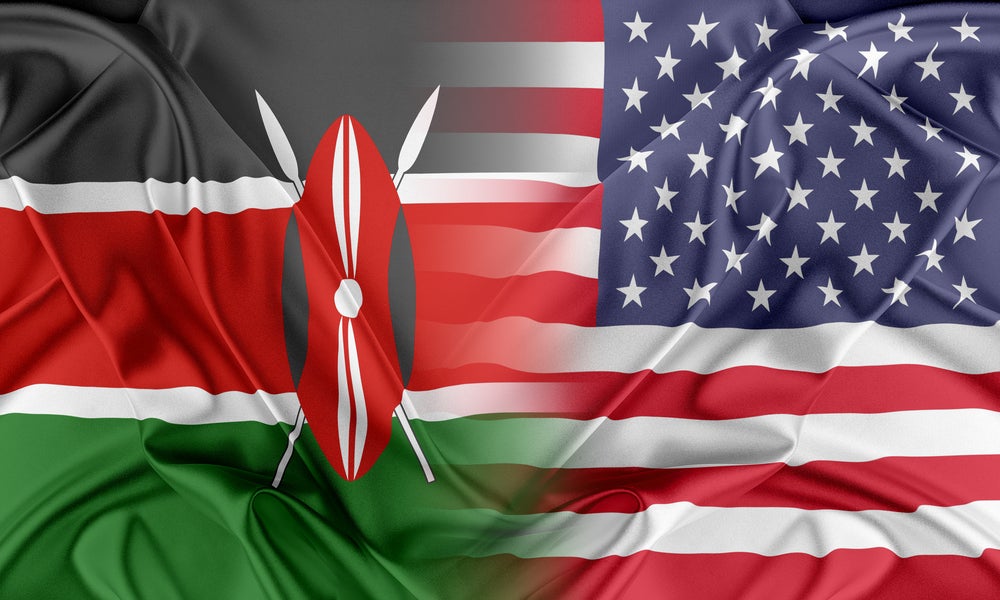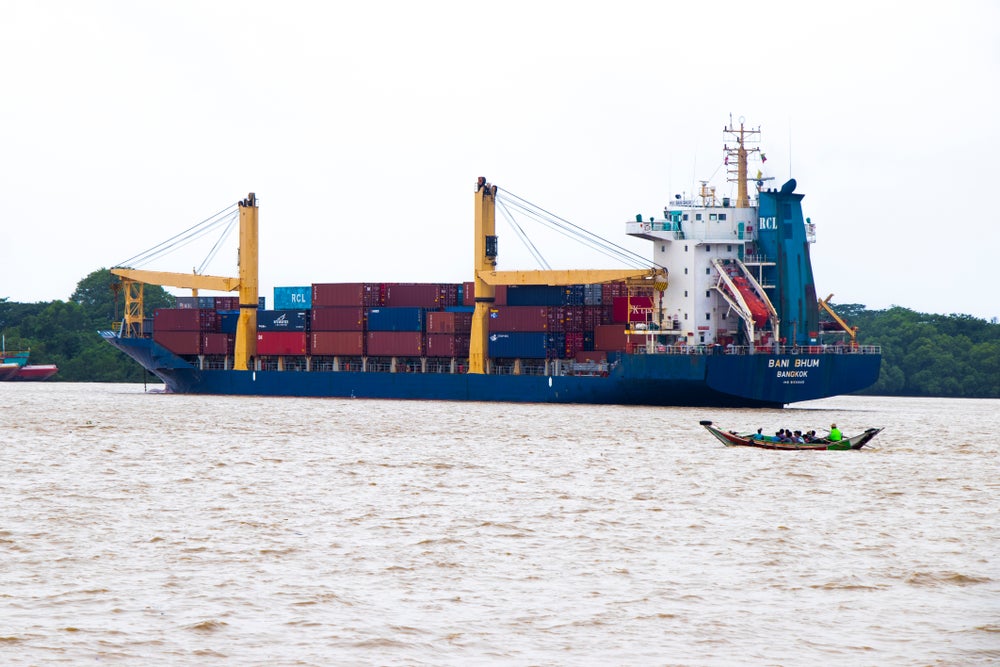
Myanmar has become the latest country to confirm its commitment to addressing child labour after signing up to a key international convention on minimum working age.
Earlier this month (8 June) it became the 178th country to ratify the International Labour Organization (ILO) Minimum Age Convention 138, which requires countries to set a minimum age aligned with the end of compulsory education and under which no-one shall be admitted to work in any occupation except light work and artistic performances. It also prohibits hazardous activities for anyone under 18 years old.
The Convention also requires countries to establish national policies for the elimination of child labour.
The development has been heralded as a positive development, particularly in the context of the current Covid-19 crisis, which threatens the rights, safety and development of the estimated 1.13m children in child labour across the country.
In Myanmar, the minimum working age is 14 years old, as per the existing Labour Law and the new Child Rights Law adopted last July.
See Also:
However, it has an estimated 9.3% of the child population aged 5 to 17 in child labour, including more than 600,000 working in hazardous work environments, according to UNICEF, the United Nations Children’s Fund.
How well do you really know your competitors?
Access the most comprehensive Company Profiles on the market, powered by GlobalData. Save hours of research. Gain competitive edge.

Thank you!
Your download email will arrive shortly
Not ready to buy yet? Download a free sample
We are confident about the unique quality of our Company Profiles. However, we want you to make the most beneficial decision for your business, so we offer a free sample that you can download by submitting the below form
By GlobalDataAccording to a recent report by the ILO and UNICEF – ‘Covid-19 and child labour: A time of crisis, a time to act‘ – the 153m children trapped in child labour around the world are at risk of entering hidden and more dangerous forms of work or working longer hours due to the coronavirus pandemic.
Loss of livelihood, an illness or death in the family, displacement, and the raft of upheavals that are driving children out of school, orphaned or into financial troubles, are some of the Covid-19 related factors that are pushing millions of vulnerable children – even those at a very young age – to work in hazardous conditions.
As of May 2020, more than 60,000 people have already lost their jobs in Myanmar, UNICEF says; and as the crisis continues, deeper cuts in workers’ salaries or more employment terminations are expected to occur.
In Myanmar, ILO’s work to combat child labour is done through the Myanmar Programme on the Elimination of Child Labour (My-PEC) , funded by the US Department of Labor.
Myanmar ratified ILO Convention No.182 on the worst forms of child labour in December 2013. It also adopted the first National Action Plan (NAP) on Child Labour in 2019, which includes the list of hazardous work prohibited to children under 18.
Earlier this month, Myanmar’s garment workers received the first MMK1.04bn (US$753,512) in payments through the EU funded Myan Ku ‘Quick Assistance Fund,’ which was launched to support those who have lost their jobs due to the Covid-19 crisis.







